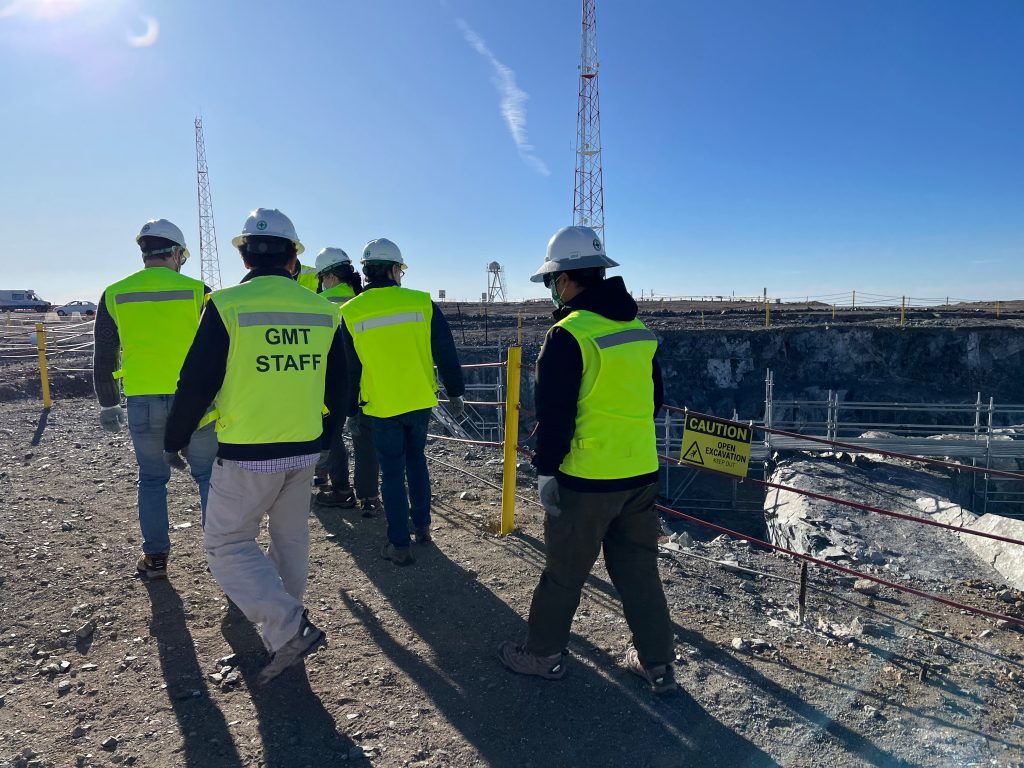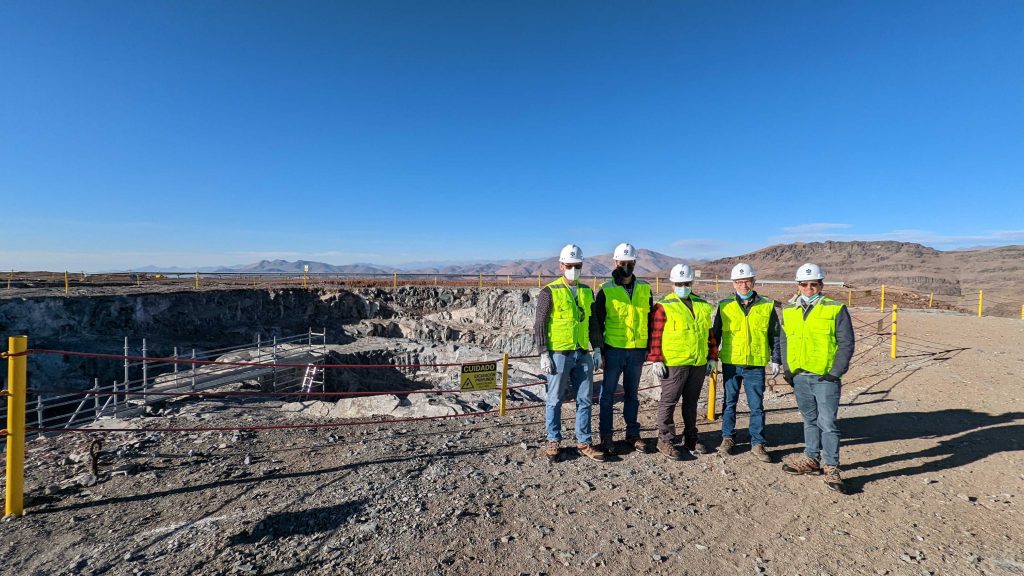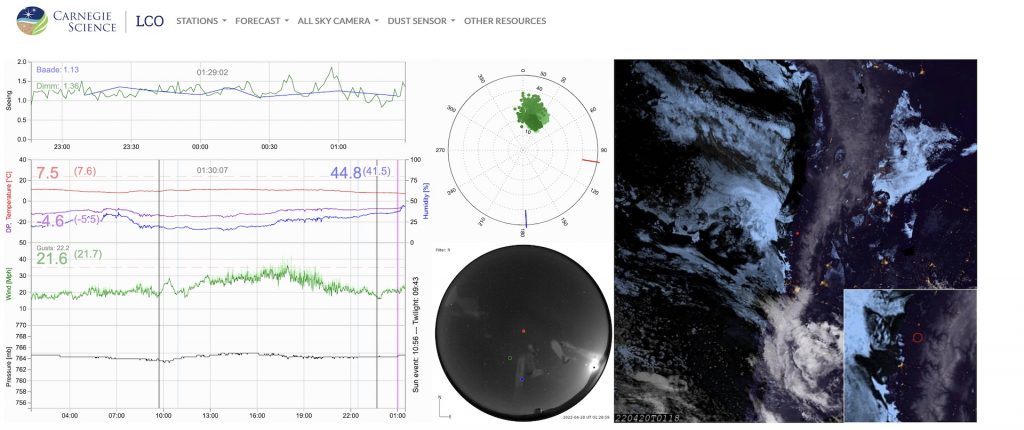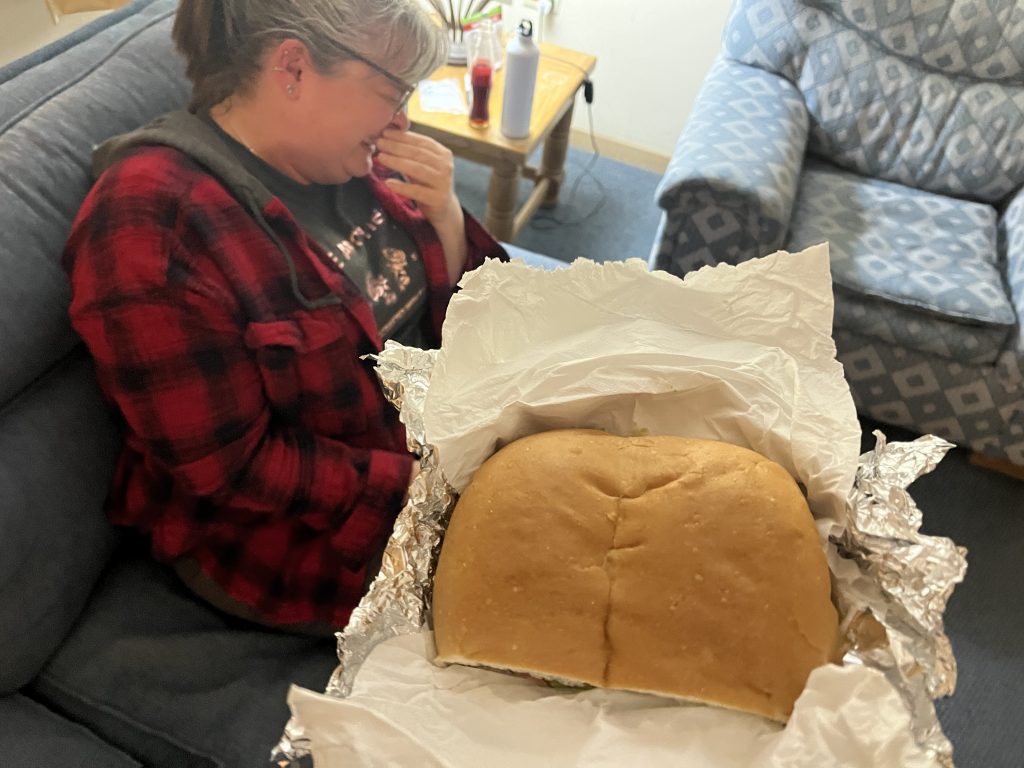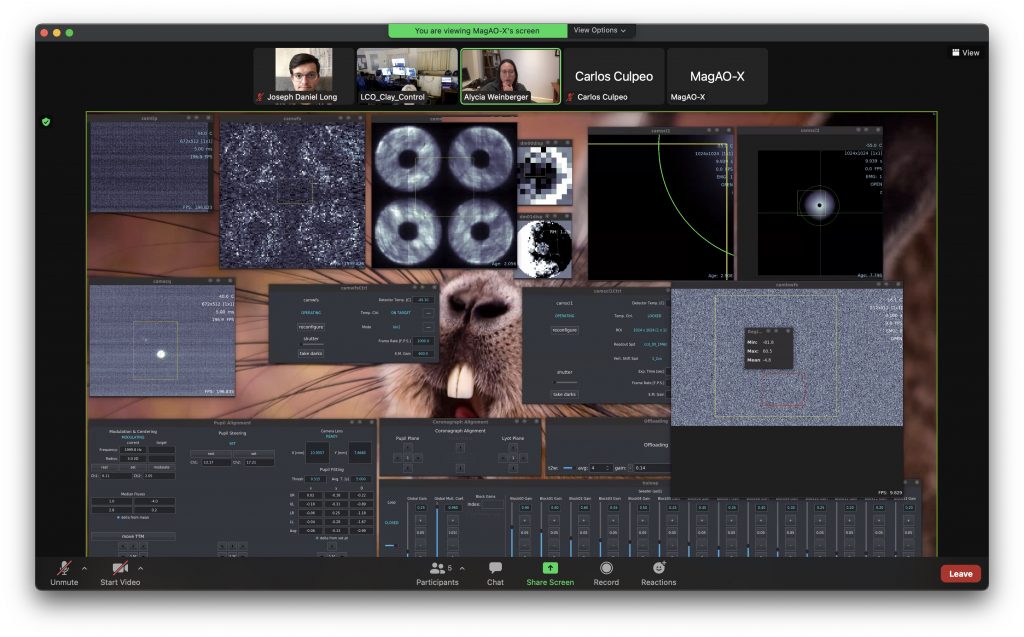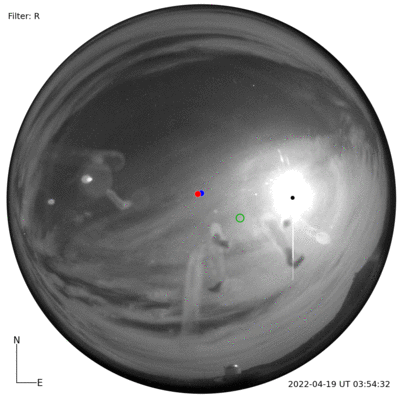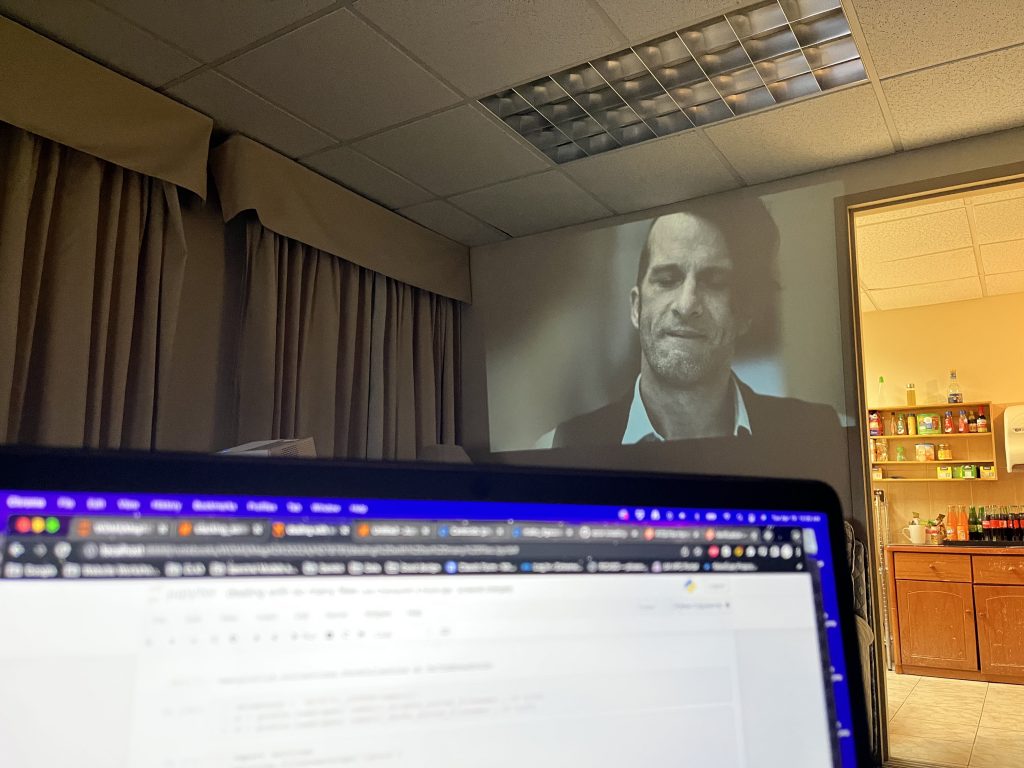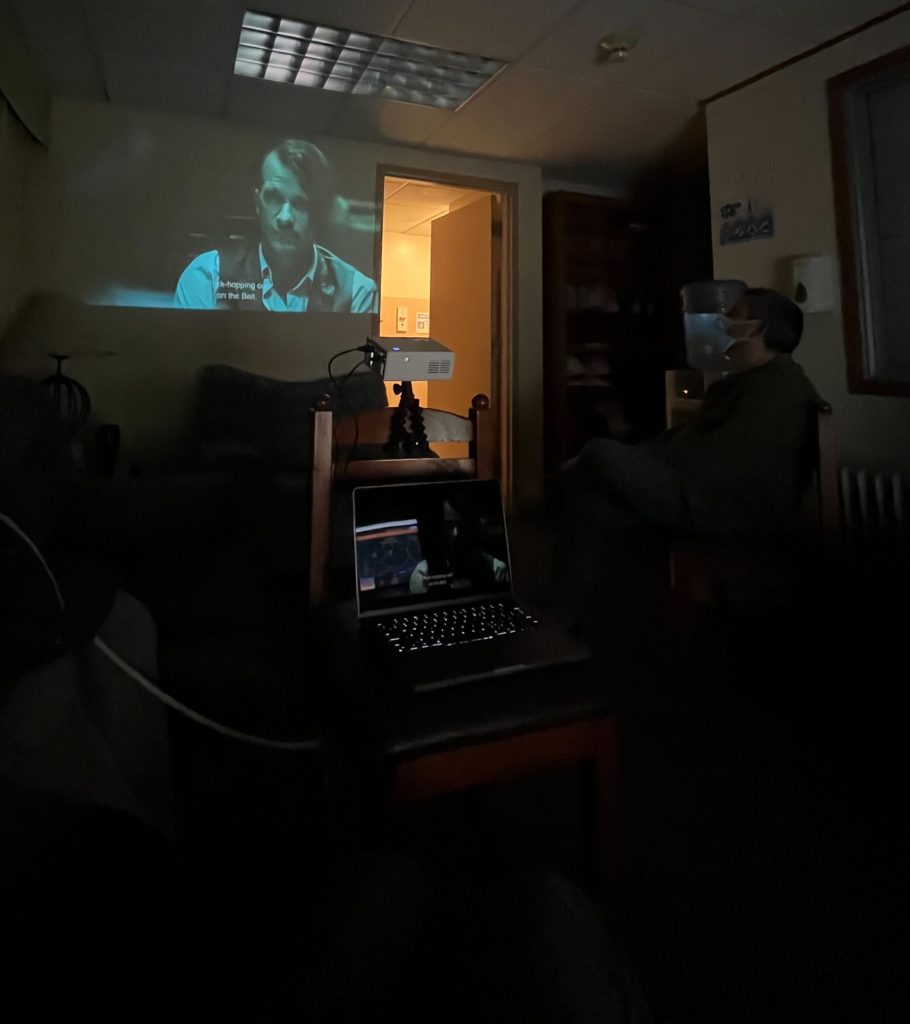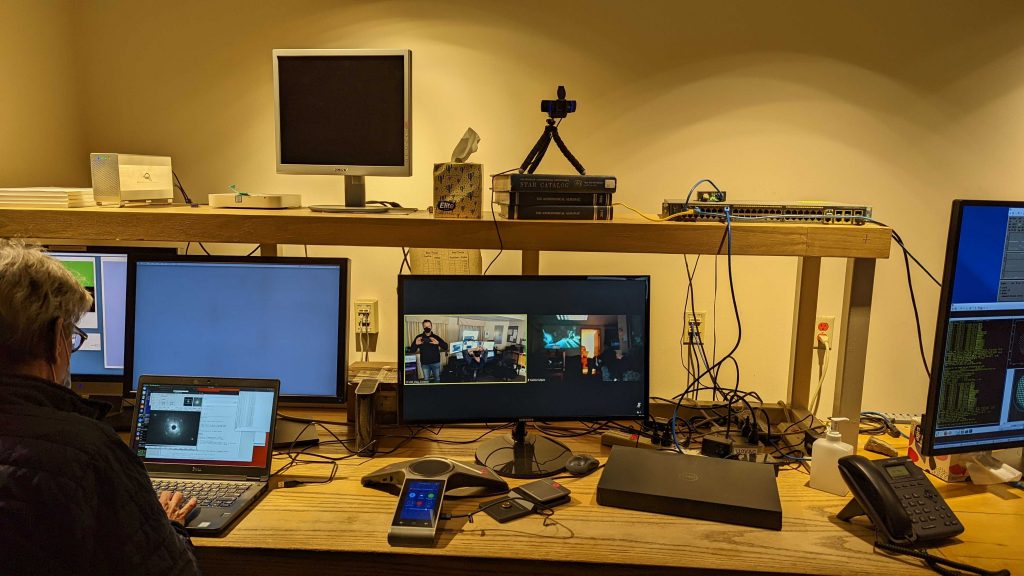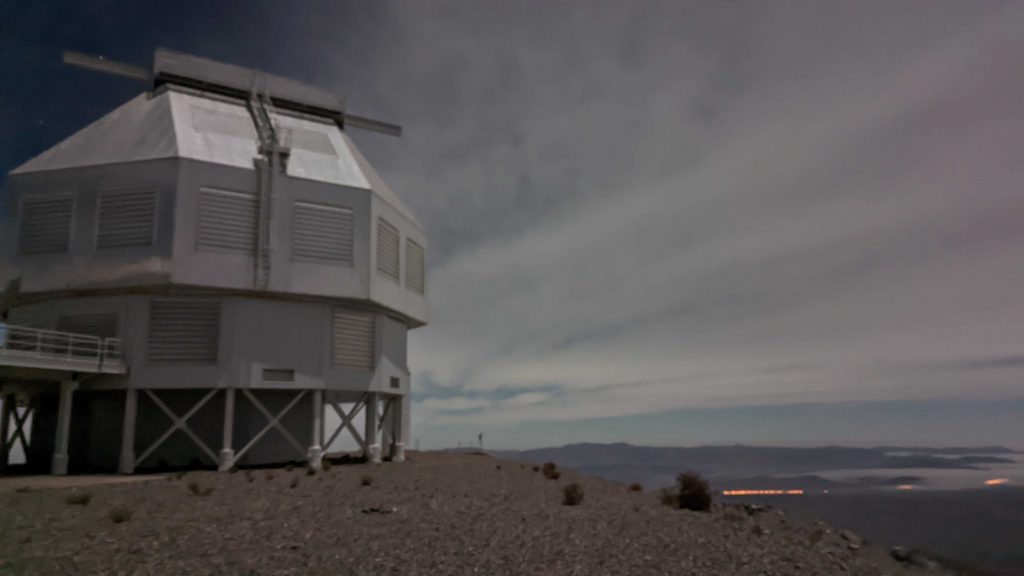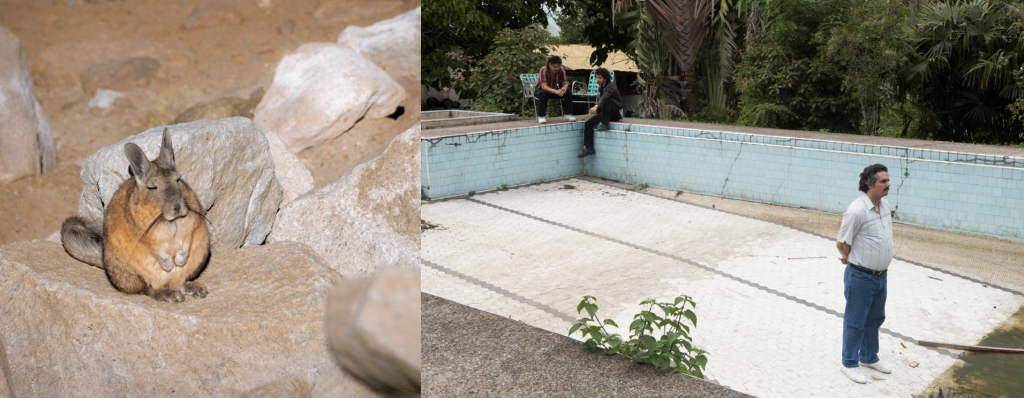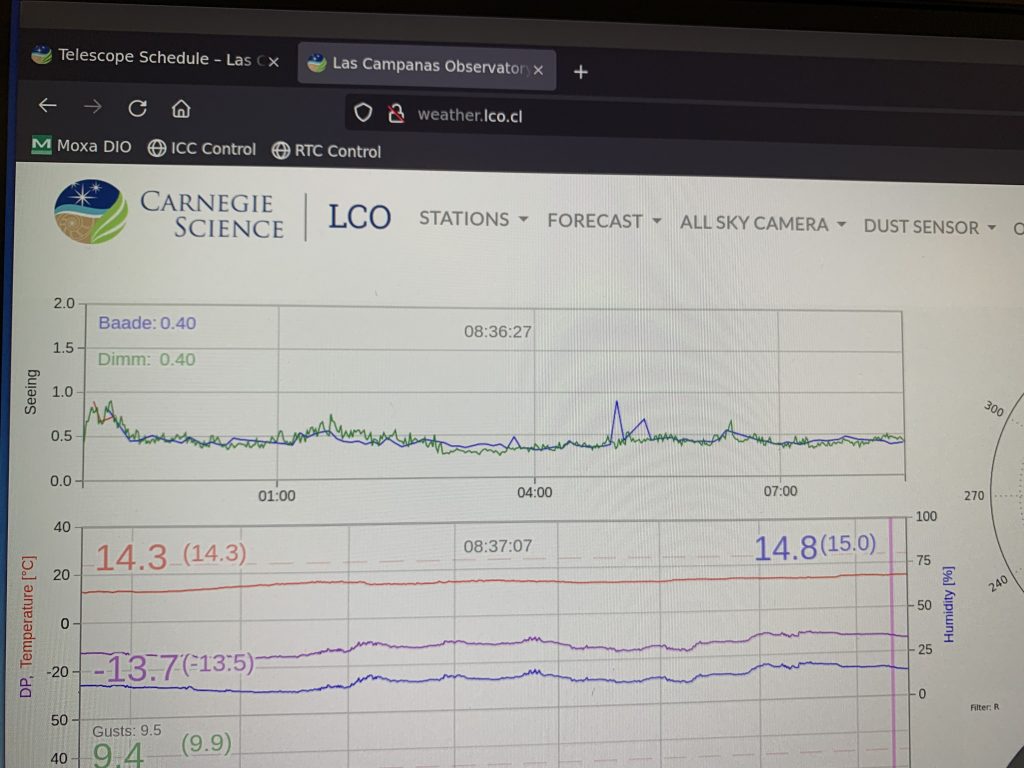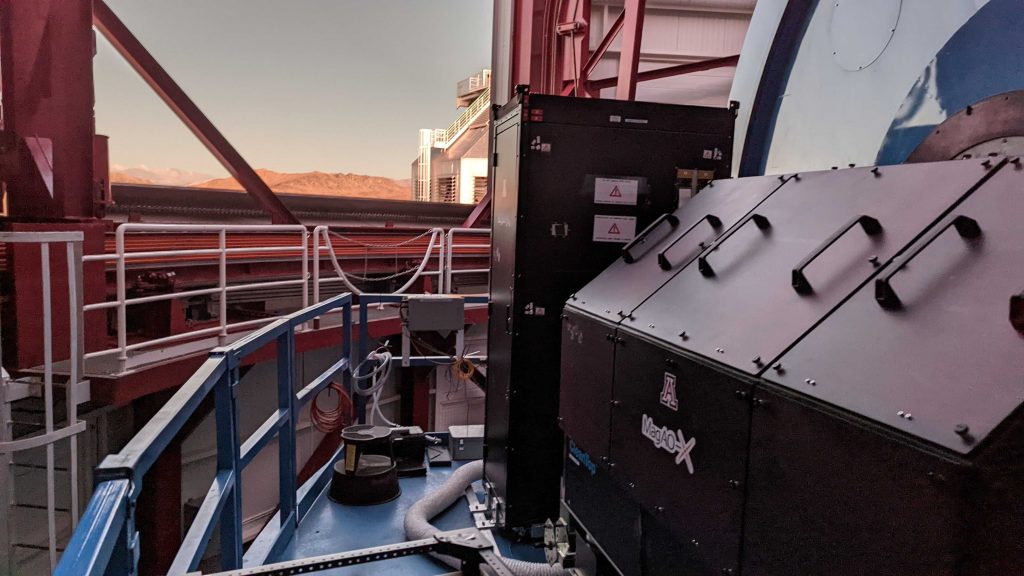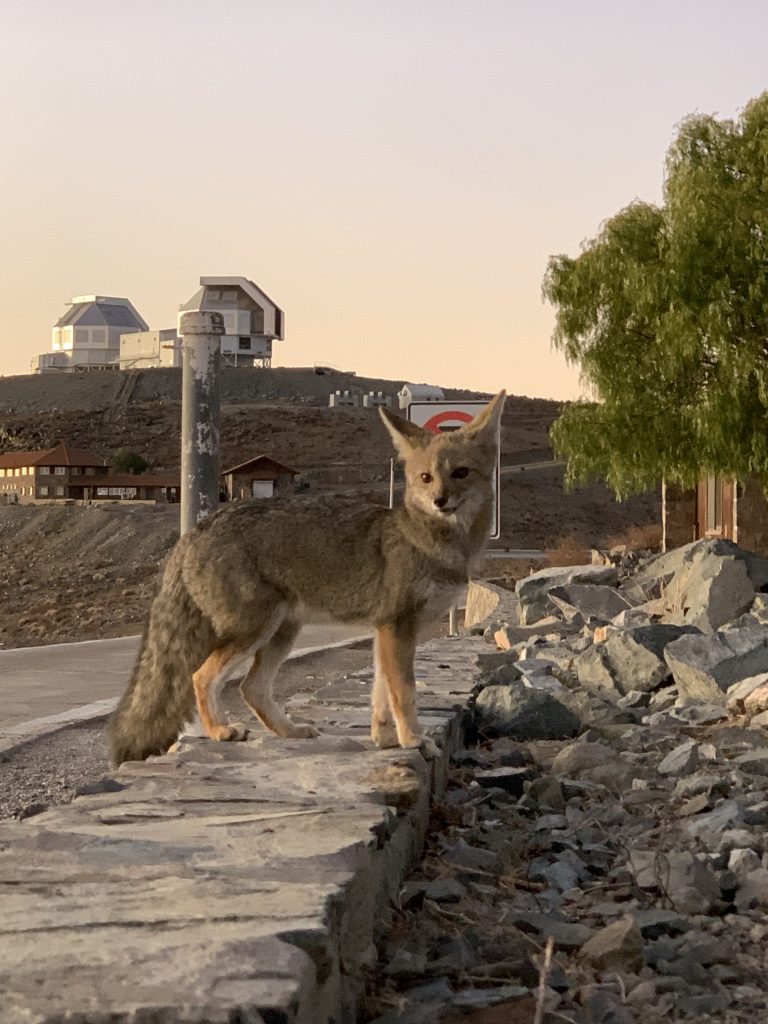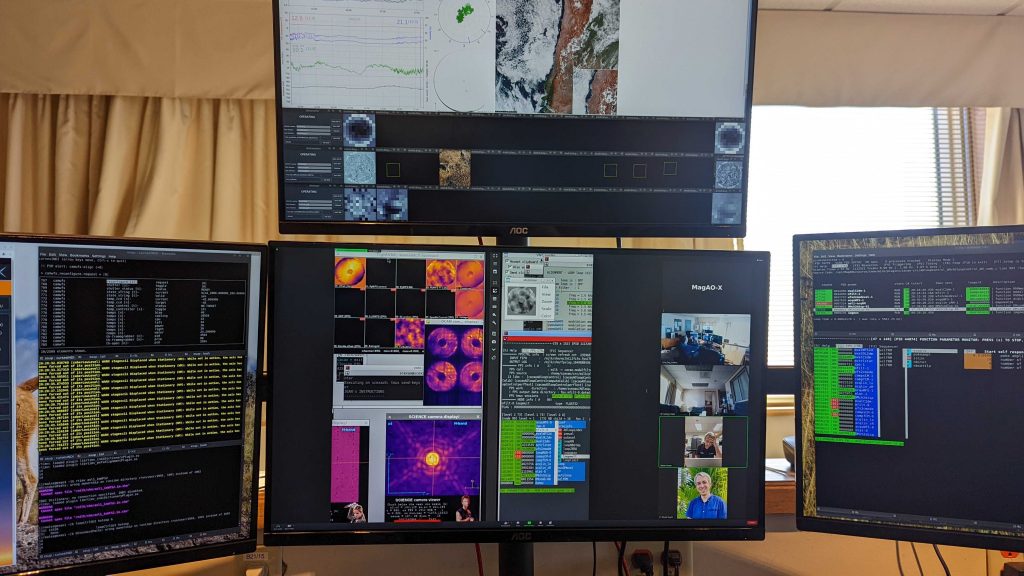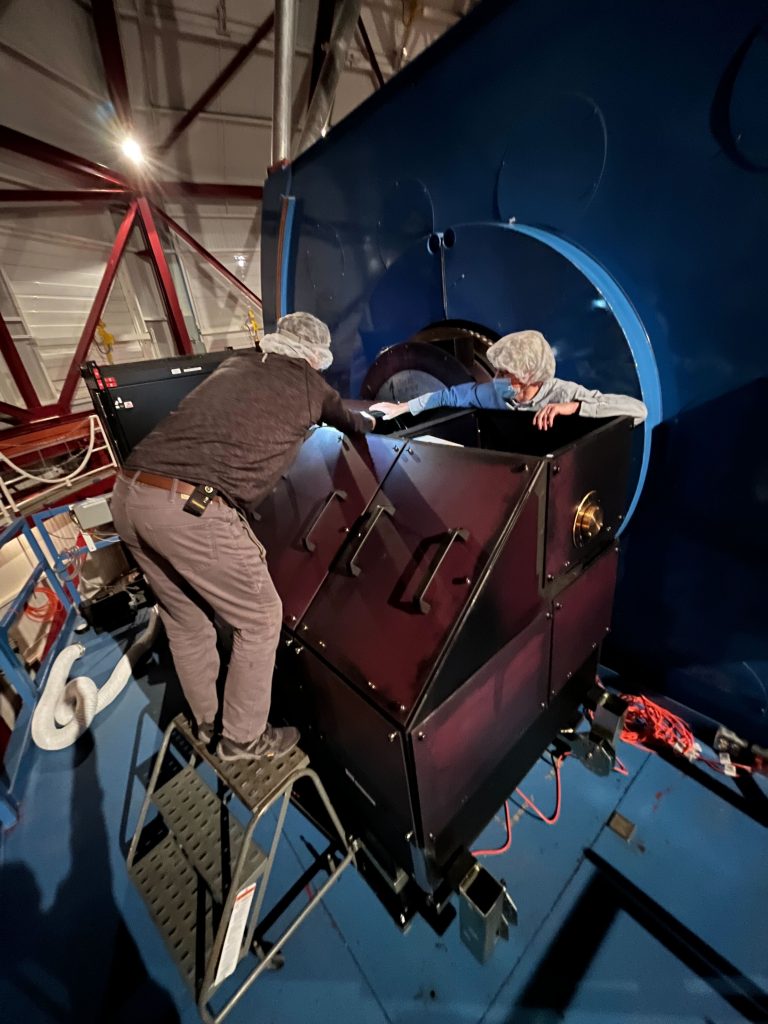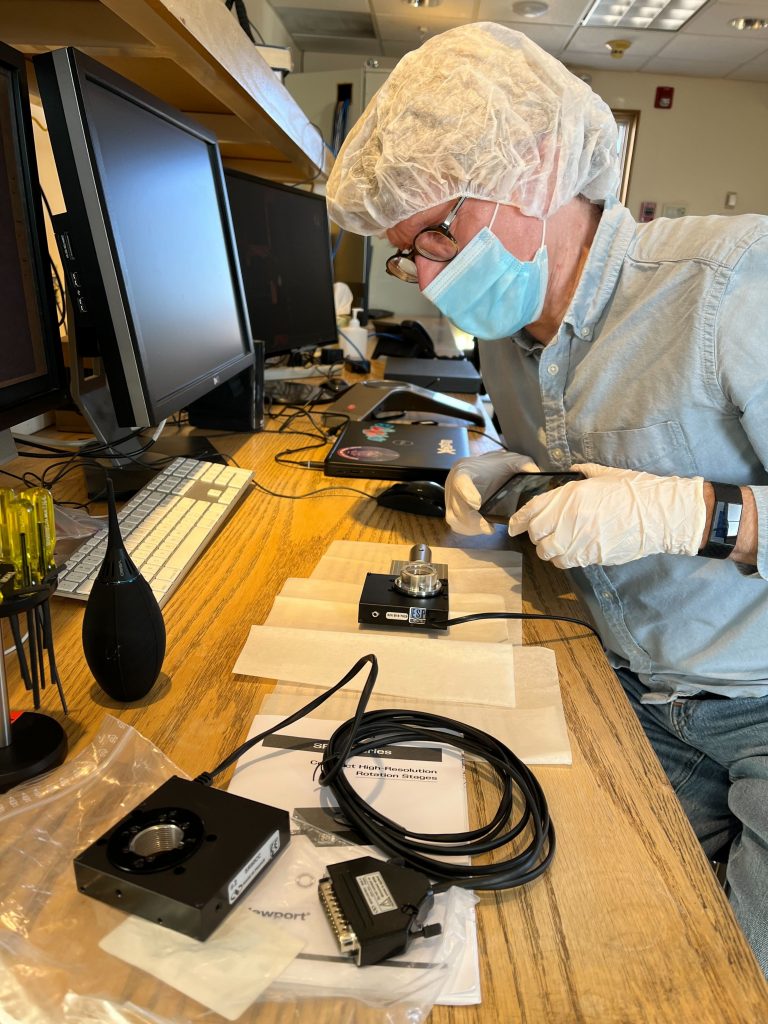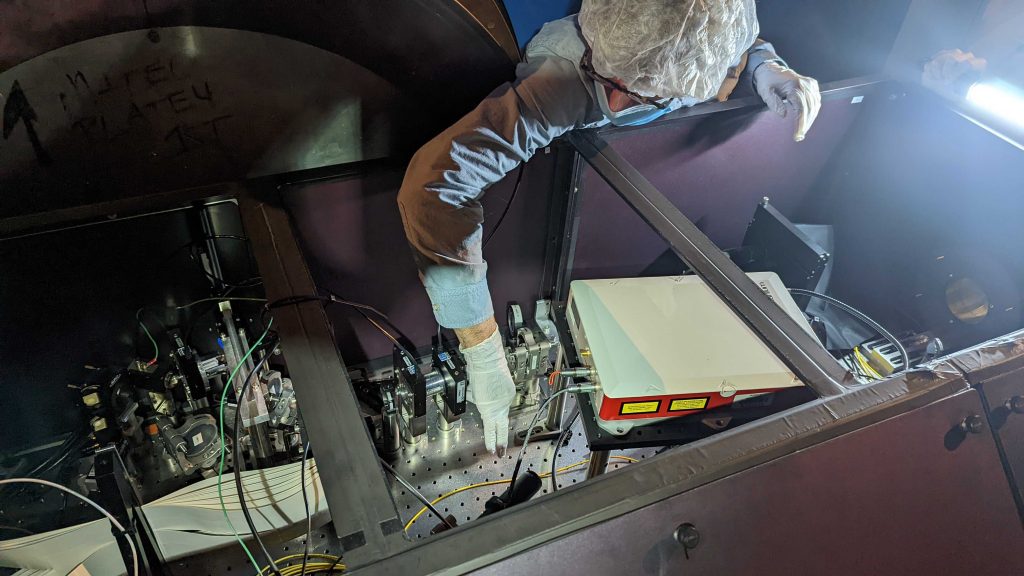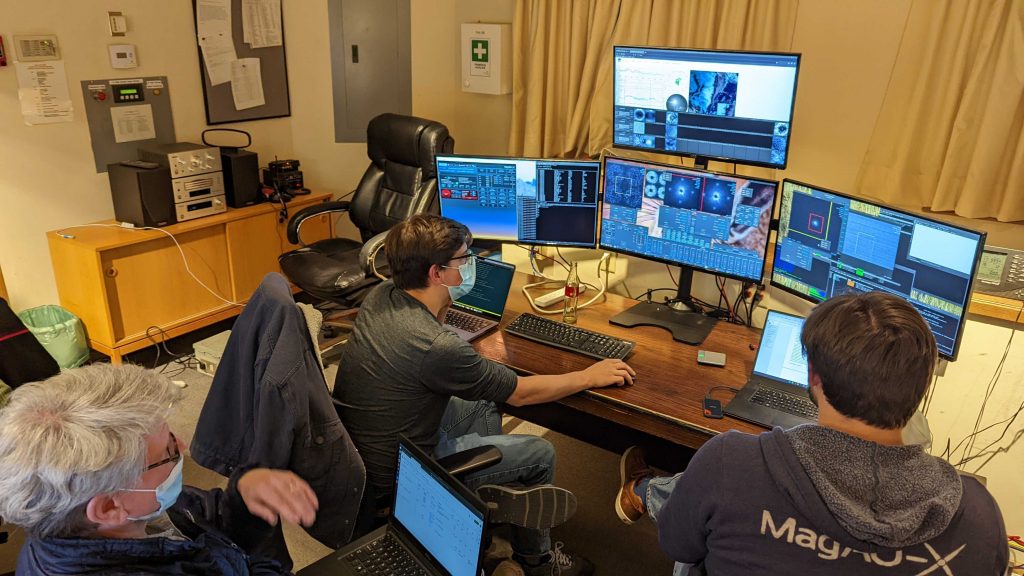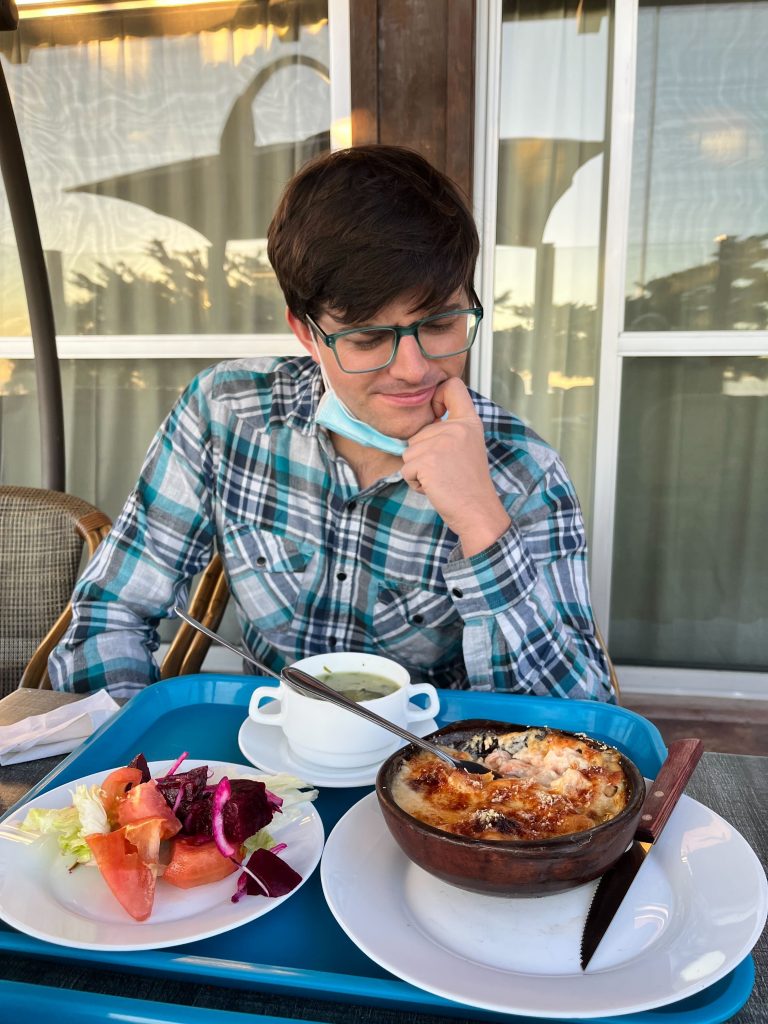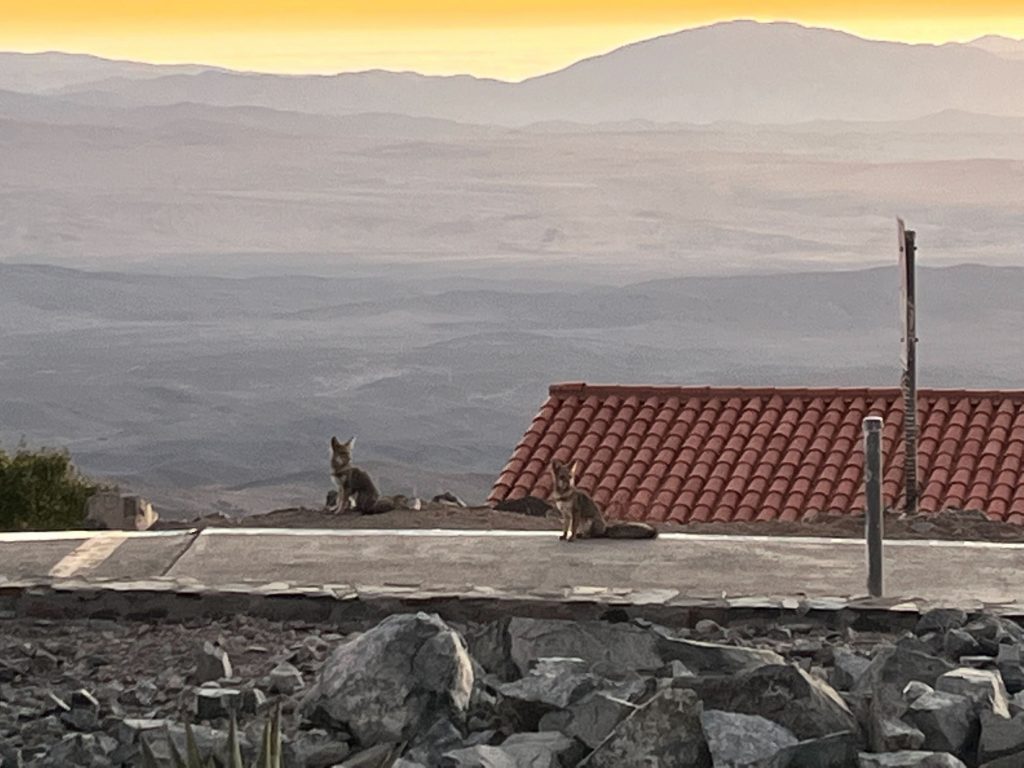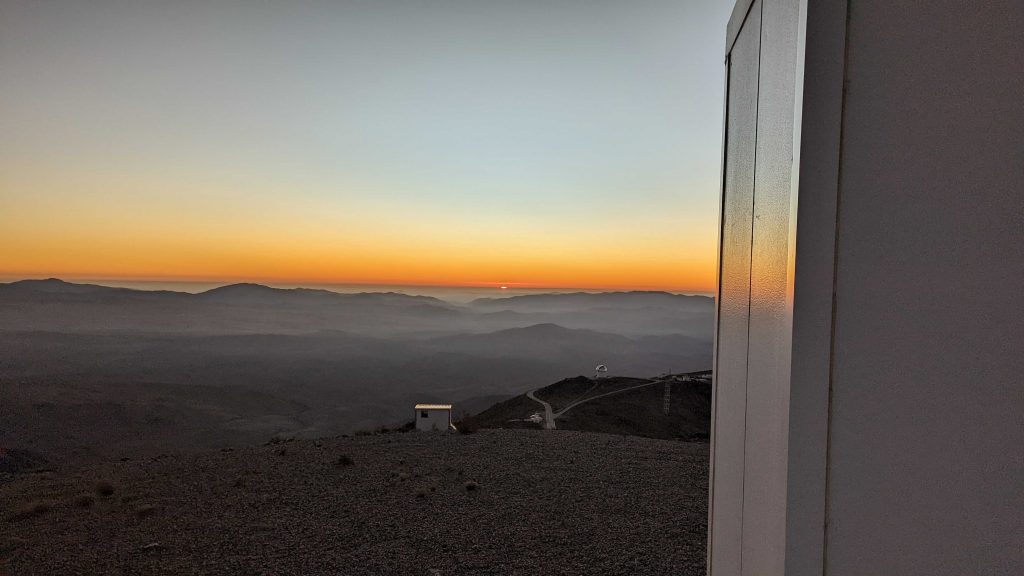Late last year, we surveyed the Magellan community about what was lost and what was gained from remote observing. 10/28 people who had used a new instrument during remote observing cited a downside as the difficulty learning to use a new instrument. Obviously, MagAO-X wasn’t on during the 14 months of remote observing to that point. I have to wonder if the other 18 people all used a single-object-medium-resolution-visual spectrograph with few choices, … but I digress.
I assert that difficulty in learning to use MagAO-X is a major downside of remote observing. Now, MagAO-X is an experiment not a facility, so it’s not really fair to compare it to the facility instruments. But I’m used to at least having a goal of observational self-sufficiency. Alas, self-sufficiency is remote. So to speak.
I love observing. I love experiments. I am deeply grateful to the MagAO-X team who has been at LCO for the better part of a month and are still willing to collaborate to try some difficult observations with me. I hope I’ll be able to join them in person later this year (and not just because I’m jealous of their empanadas — surprisingly, in that observing survey, only 93/150 respondents chose “Delicious Empanadas” as a benefit to in-person observing. I can only assume that the other 57 are crazy ascetics who survive only on soylent).
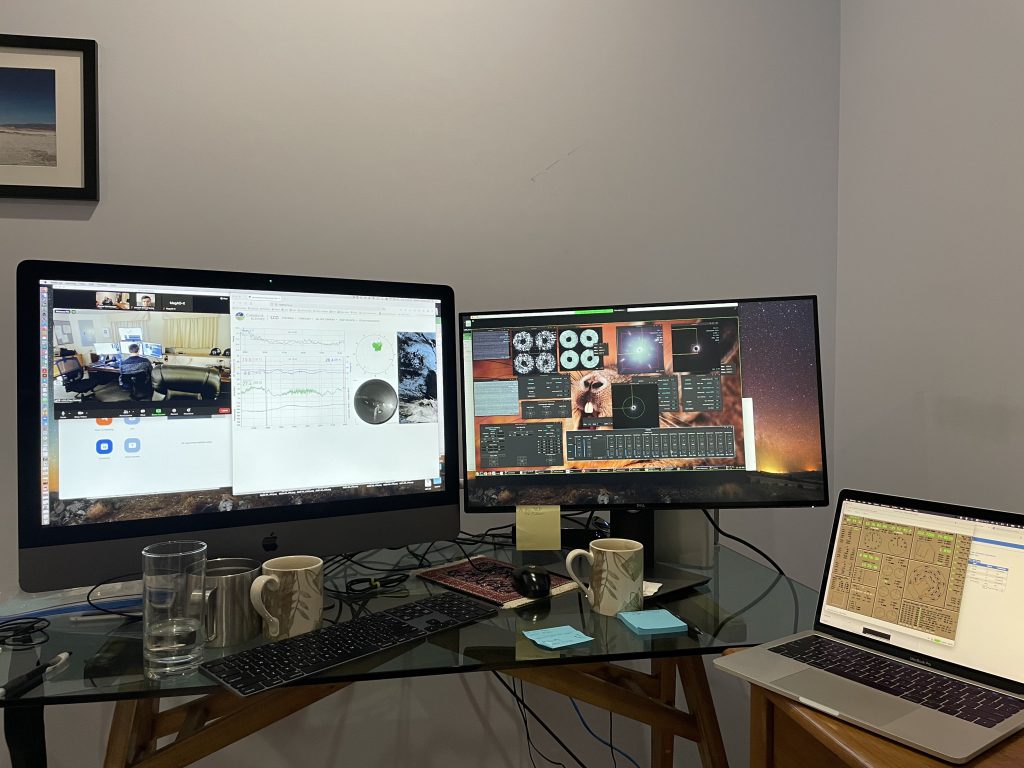
So for the song of the day, here are some appropriate lyrics from an appropriately named song on an appropriately named album (Confusion on Electric Light Orchestra’s Discovery album).
Every night you’re out there, darlin’
You’re always out there runnin’
And I see that lost look in your eyes
Confusion
don’t know what I should do
Confusion
I leave it all up to you
Aside question to ponder: I bet everyone reading this can name more famous astronomers than ELO members. I have actually met one former guitarist/vocalist of ELO Part II whose daughter goes to school with my son, but I really only remember his name because he made it a famous building in Athens. Fame is in the eye of the beholder.


